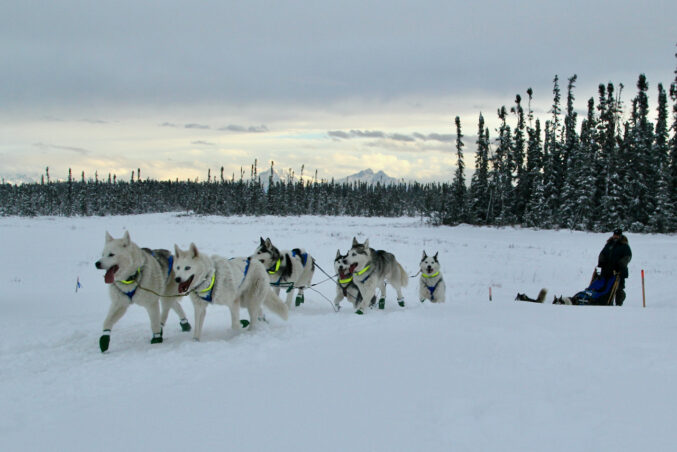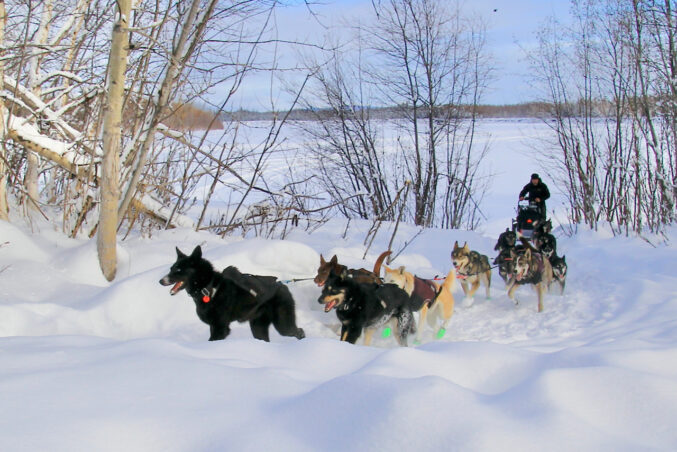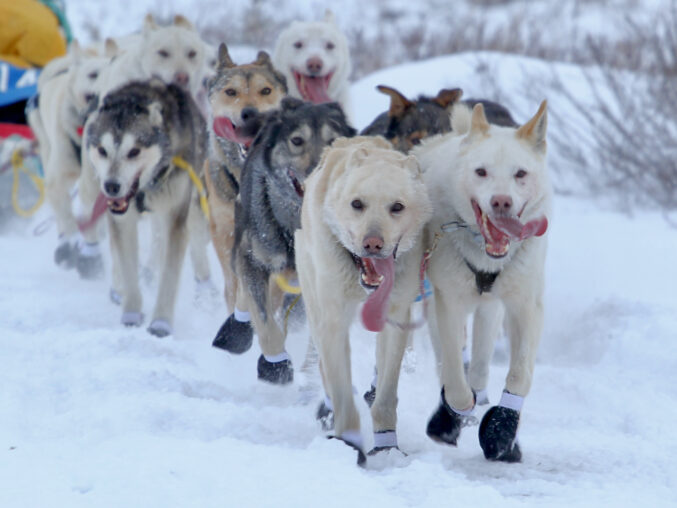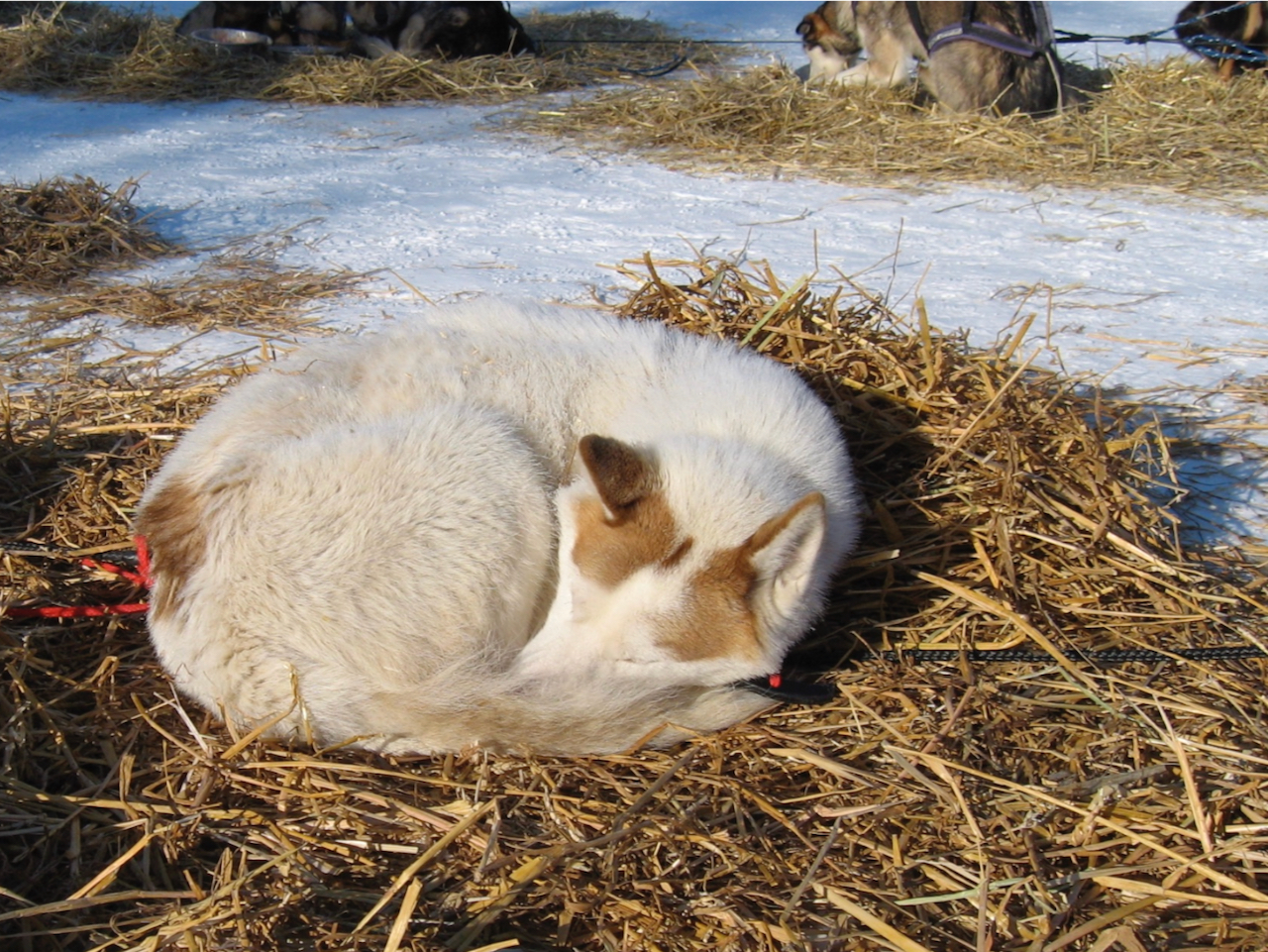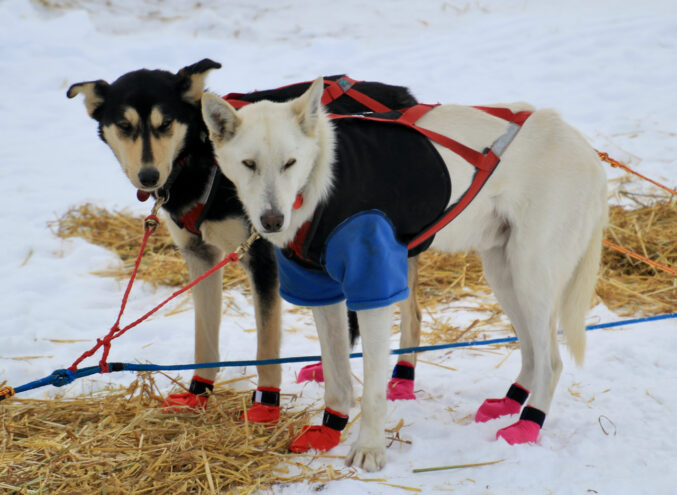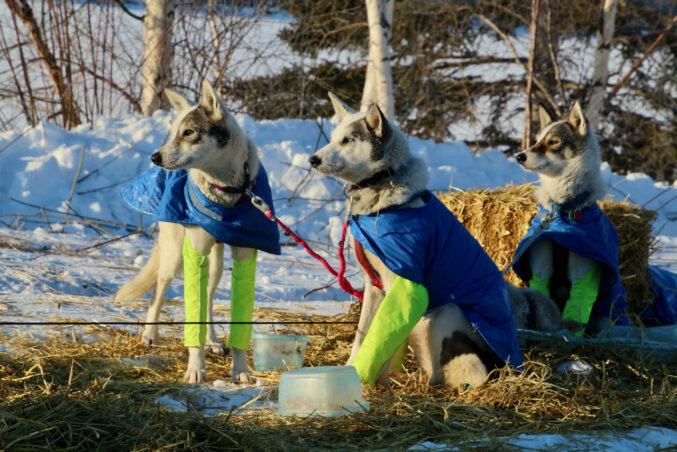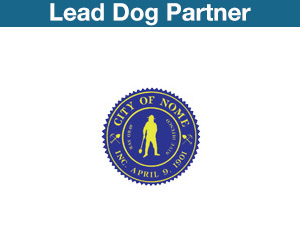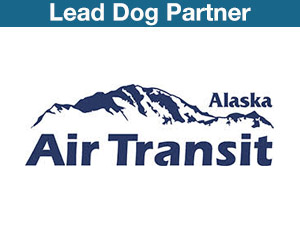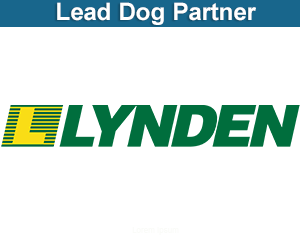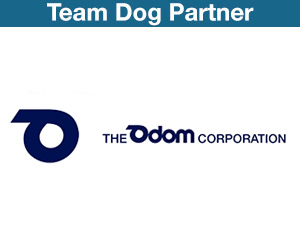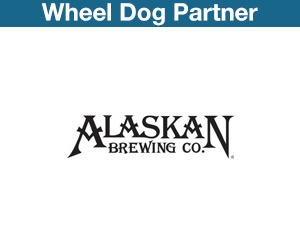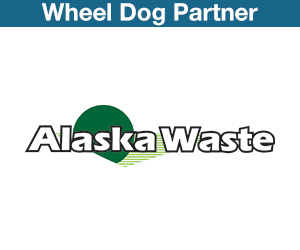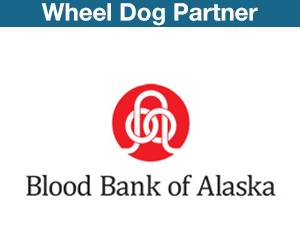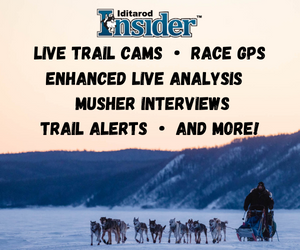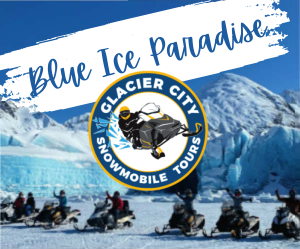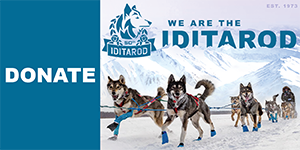Sled dogs thrive in frigid conditions! These working dogs are well equipped for their purpose – running and pulling. Think of it from the language of the automotive world. Make, Model, Interior Features, Exterior Features and Accessories.
Make is the Sled Dog. Model is the Alaskan Husky or the Siberian Husky as they are the predominate dogs of Iditarod. Interior Features include Metabolic Switch, Counter Current Circulation, Air Conditioning, Ravenous Appetite, Need to Run and Desire to Pull. Exterior Features consist of a Two Layered Coat, Bushy Tail and Super Paws. Accessories can be added by the musher – Booties, Blankets, Jackets, Windbreakers and Straw.
Model: The American Kennel Club recognizes the purebred Siberian Husky in its working dog class. The Alaskan Husky is a Heinz 57, multiple breed working dog and therefore isn’t recognized by the AKC. The Alaskan Husky often contains Siberian, Greyhound, German Shorthair Pointer, Alaskan Malamute and other high endurance, high speed genetics. The Siberian Husky and the Alaskan Husky are not one in the same – different models – but they are both commonly known as sled dogs. Think of it like a classification of vehicles – SUV.
Interior Features: Sled dogs have ravenous appetites and when racing consume 10,000 – 12,000 calories per day. A large percentage of their diet is FAT! Through their hyper-fat burning metabolism, they replenish energy very quickly. The amount of fat the sled dog consumes would be a coronary disaster for humans! Dogs eat high calorie kibble packed with nutrients along with a variety of frozen meats – chicken, salmon, beef, pork, tripe and pure fat. Kibble and frozen meats are mixed with water for hydration.
After a couple days on the trail, the source of the energy in sled dogs changes from glycogen in the muscles to fat in the blood stream. This phenomenon is referred to as the metabolic switch. So rather than continuing the process of getting energy from glycogen stored in muscles, the metabolic switch flips and they pull fat from the bloodstream into their cells and use that for energy. Sled dogs become more efficient each day on the trail due to this metabolic switch.
Counter Current Circulation allows for the warm blood heading into the extremities to warm the cooler blood that is returning from the extremities. This happens because the arteries carrying warm blood and the veins carrying cooler blood are intertwined. This exchange of heat helps to keep core temperature in sled dogs consistent.
The extra-extra long tongue of a sled dog has oodles of blood vessels. As air passes over the tongue, the saliva evaporates and cools the blood passing through the tongue. Panting is a natural cooling mechanism – it’s their AC functioning properly.
Sled dogs are working dogs. They are born with instincts just like bird dogs, herding dogs, hunting dogs, detection dogs, etc. Bird dogs want to point and retrieve. Herding dogs want to herd. Hunting dogs want to hunt. Innately, sled dogs want to run and pull. It’s in their genetic makeup, it gives them purpose and makes them happy.
Exterior features: Sled dogs have double coats. The have a layer of fur that insulates and a second layer of fur that weather proofs. Think of it as a wearing a fleece jacket and a rain coat at the same time – fleece keeps us warm and the rain coat keeps us dry.
The beautiful bushy tail that sled dogs sport is far more the pretty. When dogs curl up to sleep they use that bushy tail to cover the nose. The air they breathe in is warmed as it passes through the fur of the tail. Inhaling warmed air helps the dog preserve calories while resting.
Sled dogs are known for their tough feet. Pads on the dog’s feet are covered in extra thick extremely durable tissue. The pads contain a super dense fat for insulation and cushioning. The paws are also covered in fur.
Accessories: To prevent harness rub, dogs wear t-shirts under the harness. Dogs might also wear leg gaiters or leggings to prevent the buildup of ice crystals on the back of their front legs.
Booties are worn to prevent pad abrasions as well as snow collecting between the pads or on the foot hair, not to keep the feet warm. Having an intricate system of blood vessels within the paw, a sled dog’s feet are resistant to frostbite.
Belly ruffs are worn by male dogs in extreme cold to protect the penis and belly wraps are incorporated into jackets for female dogs to protect the underbelly and nipples from frostbite.
Dog jackets can be used for warmth when running in cold or wind and can be left on for sleeping. Jackets may also have pockets sewn in for body warmers which would have the same effect as a human heating up a rice pack for muscle comfort. On sunny days, dark colored dogs often wear light white windbreakers to reflect the heat of the sun.
Mushers carry fleece blankets to cover dogs when they rest. Straw is available at checkpoints for dogs to sleep on. Sleeping on straw while under a blanket makes for a very comfortable nap and preserves calories while resting.
Every animal has a purpose, for sled dogs it’s to run and pull. Northern breed dogs are built for the cold – they thrive in frigid temperatures and prefer below zero weather. Enjoy the race and the performance of these incredible canine athletes.





